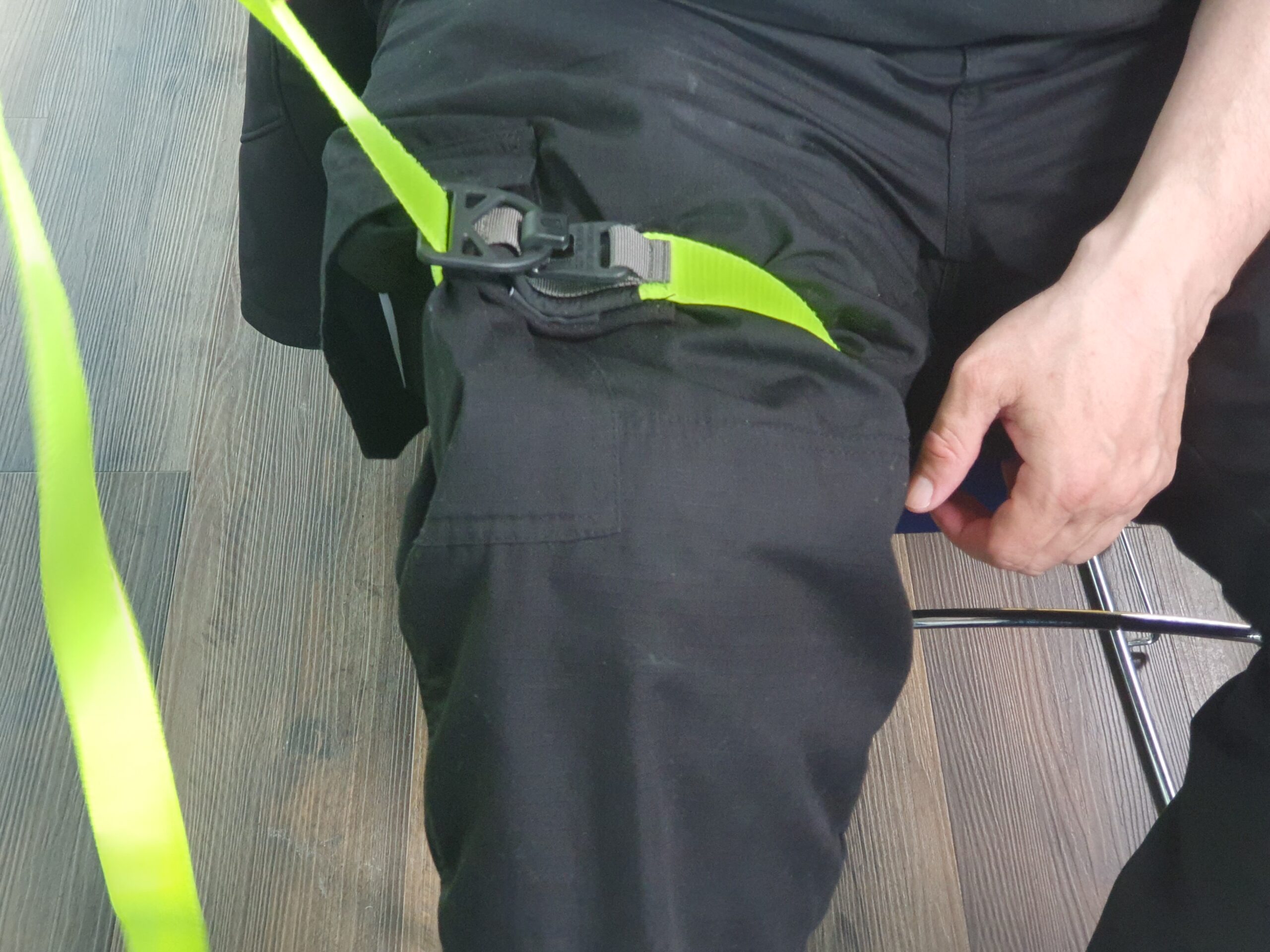Mastering Life-Threatening Bleeding First Aid: Essential Catastrophic Bleeding Techniques
Life-threatening (catastrophic) bleeding is one of the most critical emergencies a first aider may encounter. As a result, the First Aid Quality Partnership (FAQP) has issued an important position statement that focuses on improving training in the management of severe bleeding. This is in response to growing concerns about catastrophic bleeding in high-risk environments and the updated guidelines from the Health and Safety Executive (HSE).
What’s Changing in First Aid Training?
The FAQP’s new statement outlines the importance of including improvised tourniquets and wound packing in all First Aid at Work (FAW) courses. These advanced techniques are designed to help first aiders control life-threatening bleeding when traditional methods, like direct pressure, are insufficient.
By October 2025, the use of improvised methods will be formally included in FAW training, with a mandatory implementation in 2026. As part of this update, trainers and assessors will need to complete their own training in life-threatening bleeding techniques by January 2026.
Why Is This Important?
The ability to control catastrophic bleeding can mean the difference between life and death. As such, first aiders must be equipped with not only the traditional techniques but also with the knowledge to improvise when commercial products, like manufactured tourniquets and haemostatic dressings, are not available.
Employers in high-risk environments must now take additional steps to ensure their staff are properly trained in these new techniques. The inclusion of improvised and manufactured solutions can be added to existing FAW or Emergency First Aid at Work (EFAW) courses.
A Step Ahead: Keeping First Aiders Prepared
At Abacus Training, we have already been integrating techniques for managing life-threatening bleeding into our courses for several years, including the use of improvised tourniquets and wound packing. This proactive approach ensures that our participants are always prepared for emergencies, in line with the latest best practices and standards.
Next Steps for Employers and Trainers
To ensure that you meet the updated requirements, there are a few options:
- E-learning: From early 2025, an e-learning course will cover improvised techniques to meet the minimum requirements for 2026.
- Workshops: For more in-depth training, live workshops will provide comprehensive instruction on both improvised and manufactured techniques.
- Source Training Elsewhere: If you’re already trained, you can submit your evidence to have your qualifications updated.
For employers in high-risk environments, ensuring your workforce is trained in life-threatening bleeding control is crucial. You can enhance existing training programs with additional modules focused on these advanced bleeding control techniques.
In Conclusion
The updated guidelines for life-threatening bleeding in first aid training represent a significant step forward in ensuring first aiders are equipped with the skills necessary to save lives in catastrophic bleeding situations. As the landscape of first aid continues to evolve, it’s important to stay ahead of these changes to protect your workplace and your employees.
If you’re looking to ensure your first aid training is up to date, consider including life-threatening bleeding techniques in your training programs. Whether you’re a first aid trainer or an employer, now is the time to prepare for the future of first aid.
First Aid Training – Click Here

